Lotte Himart - Songdo Lotte Mart Branch [Tax Refund Shop] (롯데하이마트 송도롯데마트점)
10.5Km 2024-04-18
177, Convensia-daero, Yeonsu-gu, Incheon
-
Cheongil Jogyeji Stairway (청일조계지 경계 계단)
10.6Km 2025-05-20
Seollin-dong, Jung-gu, Incheon
The border stairs of the Sino-Japanese Concession (an exclusive residential area set up for foreigners to live freely in ports opened for foreign trade) are located on a steep hill southwest of Jayu Park. It is a meaningful attraction with a history of about 120 years. The concession areas are divided into the Qing Dynasty concession on the left and the Japanese concession on the right with the stone stairs in the center. The buildings on the left and right clearly show each country's architectural styles and characteristics of the past.
Incheon Chinatown (인천 차이나타운)
10.6Km 2024-11-27
20 Chinatown-ro 59beon-gil, Jung-gu, Incheon
Incheon's Chinatown came into being with the opening of Incheon Port in 1883 and Incheon's designation as an extraterritoriality of the Ching dynasty in the following year. In the past, the area held many stores trading goods imported from China, but currently most Chinese businesses in the area are restaurants. Today, the residents of Chinatown are mostly 2nd or 3rd generation Chinese, descendents of the early Chinese settlers. The area harbors many of the flavors of China, while the traditional culture of the first generation is preserved.
Cafe Cha Chinatown Branch (카페 차 차이나타운점)
10.6Km 2024-01-04
20 Chinatown-ro 59beon-gil, Jung-gu, Incheon
This is the Chinatown branch of Cafe Cha, famous for its Dalgona Milk Tea in Seongsu-dong. In addition to the representative menu items, Dalgona Milk Tea and Dalgona Coffee, the café also offers signature blended teas with pretty names such as Dasichaeum (one more fill), Hyanggiroum (fragrant), Neogeureoum (merciful), and Singgeureoum (refreshing). It also has a variety of dessert menus, with the most popular dessert being Dalgona Butter Salt Bread. The café has a large parking lot, and customers can use it for 90 minutes free of charge.
Gonghwachun (공화춘)
10.6Km 2024-01-04
43 Chinatown-ro, Jung-gu, Incheon
Gonghwachun, one of the Chinese restaurants in Chinatown, opened in 1905 and is famous as the birthplace of jjajangmyeon. The original Gonghwachun building is currently used as Jjajangmyeon Museum, and the current Gonghwachun main branch operates in a building that was founded in 2004. Among the various menus, Gonghwachun Jjajangmyeon is a must-try. This signature menu serves the noodles and the black bean sauce separately. The sauce contains a various ingredients cut in large bite-sized pieces, making it even more delicious. It also offers various course menu options, including lunch, couple, and family courses.
Korean-Chinese Cultural Center (한중문화관)
10.6Km 2021-02-26
238, Jemullyang-ro, Jung-gu, Incheon
+82-32-760-7860
The Korean-Chinese Cultural Center, located within Incheon Chinatown, was built to facilitate mutual understanding between Korea and China by learning more on each other's culture, history, economy and society. Diverse performances are available, along with special exhibitions, and Chinese cultural lectures. The Chinese cultural experience corner and reading room on Korean-Chinese history & culture are put in place for visitors to enjoy while learning. In addition, on the weekends, Chinese language classes for Koreans, Korean language classes for foreigners, free movie screenings, and other exhibits are also available.
Fairy Tale Village Dolphin Pizza (동화마을 돌고래피자)
10.7Km 2024-02-16
9-1 Donghwamaeuran-gil, Jung-gu, Incheon
Fairy Tale Village Dolphin Pizza is famous for its signature dish, Dolphin Pizza. It takes inspiration from the street food classic, bungeoppang (fish-shaped bun with red bean filling), but with a twist: it's filled with pizza ingredients instead. This innovative and portable street food is created by pouring flour batter into a dolphin-shaped baking frame and then stuffing it with pizza fillings. Additionally, the menu offers a variety of other fillings, including bulgogi, corn cheese, steak, cream, and red beans, catering to a wide range of tastes.
Gyeongwonjae Ambassador Incheon (경원재 앰배서더 인천)
10.7Km 2024-10-31
200 Techno park-ro, Yeonsu-gu, Incheon
+82-32-729-1101
At first glance, Gyeongwonjae Ambassador may appear somewhat out of place: A classical hanok hotel nestled amidst a forest of cutting-edge skyscrapers. However, this juxtaposition aligns perfectly with its concept, “a walk through time on the Korean peninsula." This unique blend of tradition and modernity has earned Gyeongwonjae not only the distinction of being the first five-star hanok hotel in Korea but also the prestigious “Stars of Korean Tourism" award from the Korea Tourism Organization. Remarkably, it has achieved this claim despite lacking many contemporary hotel amenities such as swimming pools, saunas, and bars.
A stay at Gyeongwonjae offers a unique experience that can only be found in a hanok, a space that encapsulates Korean traditions. The single-story building, with its low eaves and absence of flamboyant dancheong (decorative coloring), exemplifies the aesthetic of unadorned humility that characterizes Korean culture. It harmoniously blends into the surrounding nature. Guests can partake in a traditional tea ceremony followed by a rejuvenating soak in a cypress bathtub filled with water infused with traditional Korean medicinal materials, clearing the mind of clutter and promoting natural healing.
Hanjungwon (한중원)
10.7Km 2024-01-04
12 Chinatown-ro 59beon-gil, Jung-gu, Incheon
Hanjungwon is a Chinese-style garden built to commemorate the establishment of diplomatic relations between Korea and China, making it a great place to rest after looking around Chinatown. It was created with the motif of the garden style of the Suzhou region in the mid and late Qing Dynasty. Plants native to China are planted, such as bamboo, roses, and peonies, giving it an exotic atmosphere. There are human figures wearing traditional Chinese costumes on both sides of the entrance, making it a famous photo zone.
![Lotte Himart - Songdo Lotte Mart Branch [Tax Refund Shop] (롯데하이마트 송도롯데마트점)](http://tong.visitkorea.or.kr/cms/resource/44/2882744_image2_1.jpg)
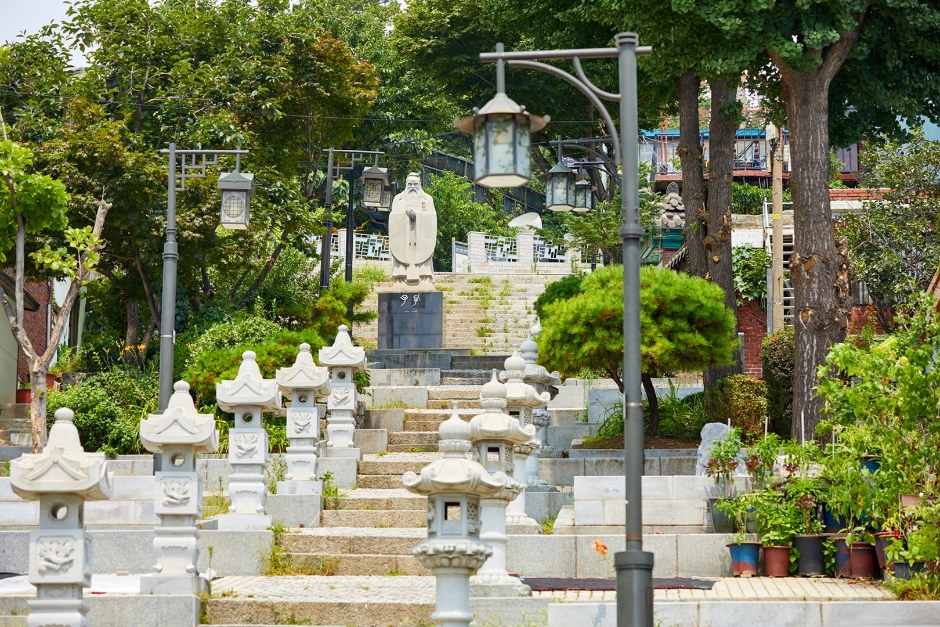

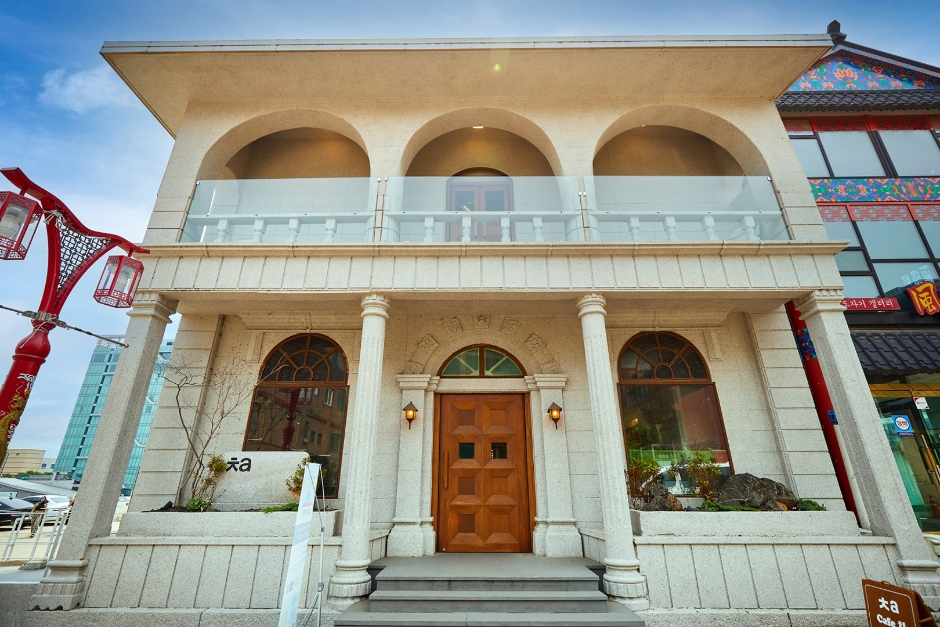
![Olive Young [Tax Refund Shop] (올리브영)](http://tong.visitkorea.or.kr/cms/resource/01/2882401_image2_1.jpg)
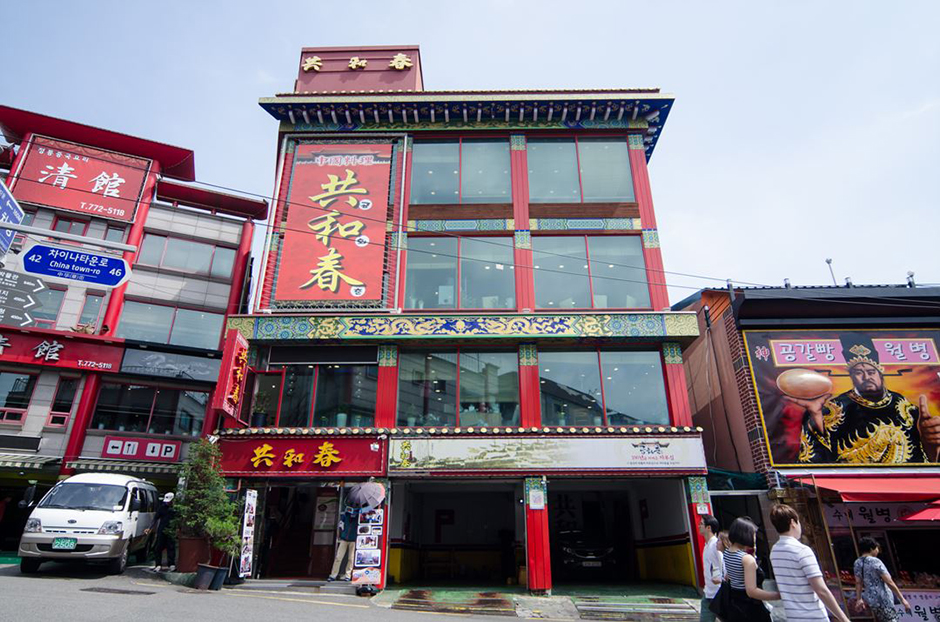
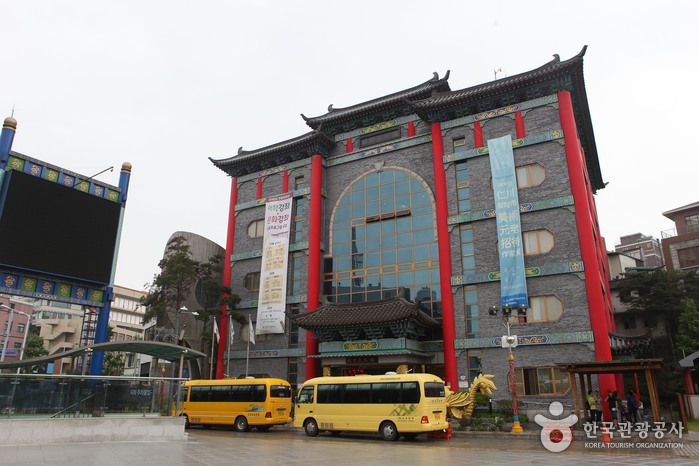
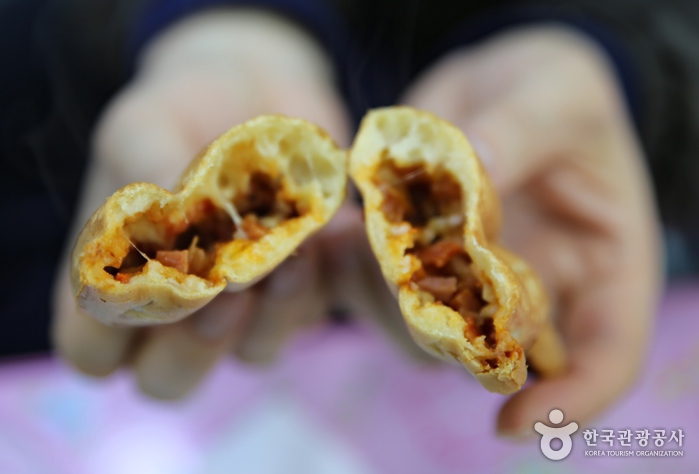
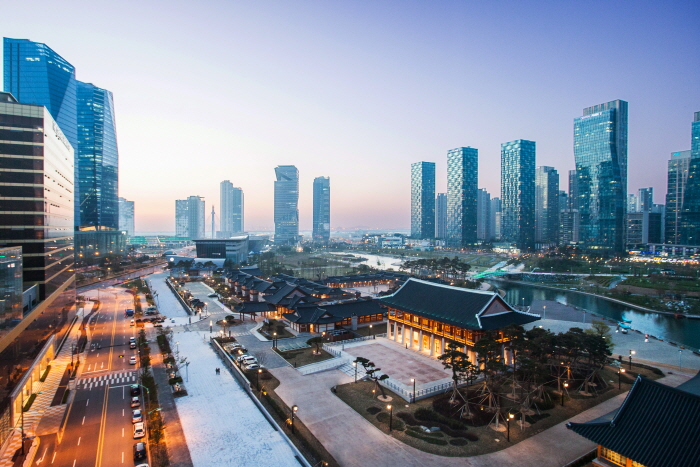
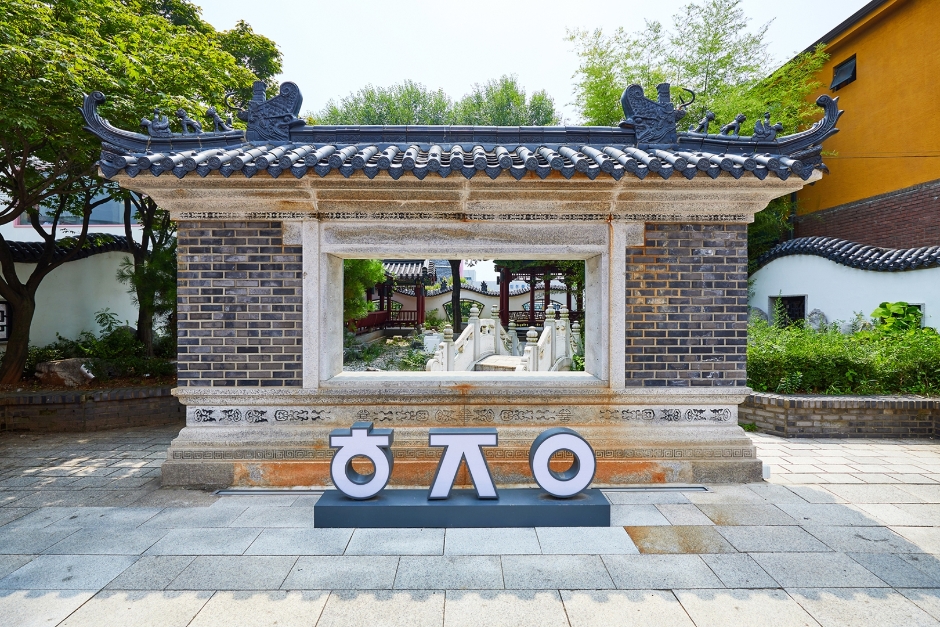
 English
English
 한국어
한국어 日本語
日本語 中文(简体)
中文(简体) Deutsch
Deutsch Français
Français Español
Español Русский
Русский